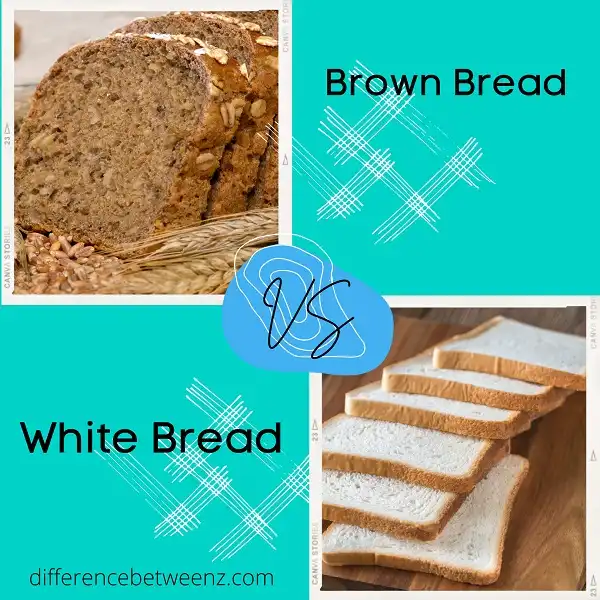There are many types of bread, all with their own unique flavors and textures. But did you know that there is a big difference between brown bread and white bread? Read on to learn more about the differences between these two popular types of bread.
What is Brown Bread?
Brown bread is a type of bread that is made using whole grains, rather than processed flour. Brown bread typically contains a variety of different whole grains, including rice, rye, or wheat. Because it is made from wholesome ingredients, brown bread is an extremely nutritious food that provides important vitamins and minerals. It is also rich in dietary fiber, which helps to keep the digestive system healthy and promotes regularity. Brown bread is often enjoyed as a hearty breakfast food or eaten as a side dish at lunch or dinner. Additionally, it has a darker color than traditional white bread and tends to have a denser texture, making it popular with those who prefer a heartier style of bread. Overall, brown bread is one of the healthiest and most versatile types of bread around.
What is White Bread?
White bread is a type of bread made from wheat flour that has been bleached or had the bran removed. It is popular in many cultures and is often used for making sandwiches. White bread has a light, airy texture and a mild flavor. It is typically made with refined flour, which has had the bran and germ removed. This type of flour is higher in carbohydrates and has a lower nutrient content than whole wheat flour. White bread is also typically made with added yeast, which helps to improve its texture and flavor.
Difference between Brown Bread and White Bread
Brown bread and white bread are two different types of bread that are commonly consumed in many parts of the world. Brown bread is made from a mixture of whole wheat grains and is known for its nutty, earthy flavor. In contrast, white bread is made from refined wheat flour and is significantly lighter in color and texture. Both types are typically enriched with various vitamins and minerals, such as B vitamins, magnesium, iron, and zinc. Although both brown bread and white bread are nutritious choices for a balanced diet, there are some differences between them. Brown bread tends to be denser than white bread, with a chewier texture. In contrast, white bread has a softer texture and often crumbles more easily. Another distinction is their taste profile: brown bread typically has a richer flavor than white bread due to the presence of grains like barley or rye. However, some people may prefer the milder flavor of white bread due to its simplicity. Overall, whether one prefers brown or white bread comes down to personal preference and dietary needs. Nevertheless, both offer valuable nutritional benefits to those who choose to eat them on a regular basis.
Conclusion
The next time you are at the grocery store, be sure to look for brown bread. It is a healthier option that tastes great and is good for your body. White bread, on the other hand, should be avoided whenever possible. It is not as healthy for you and does not taste as good.


